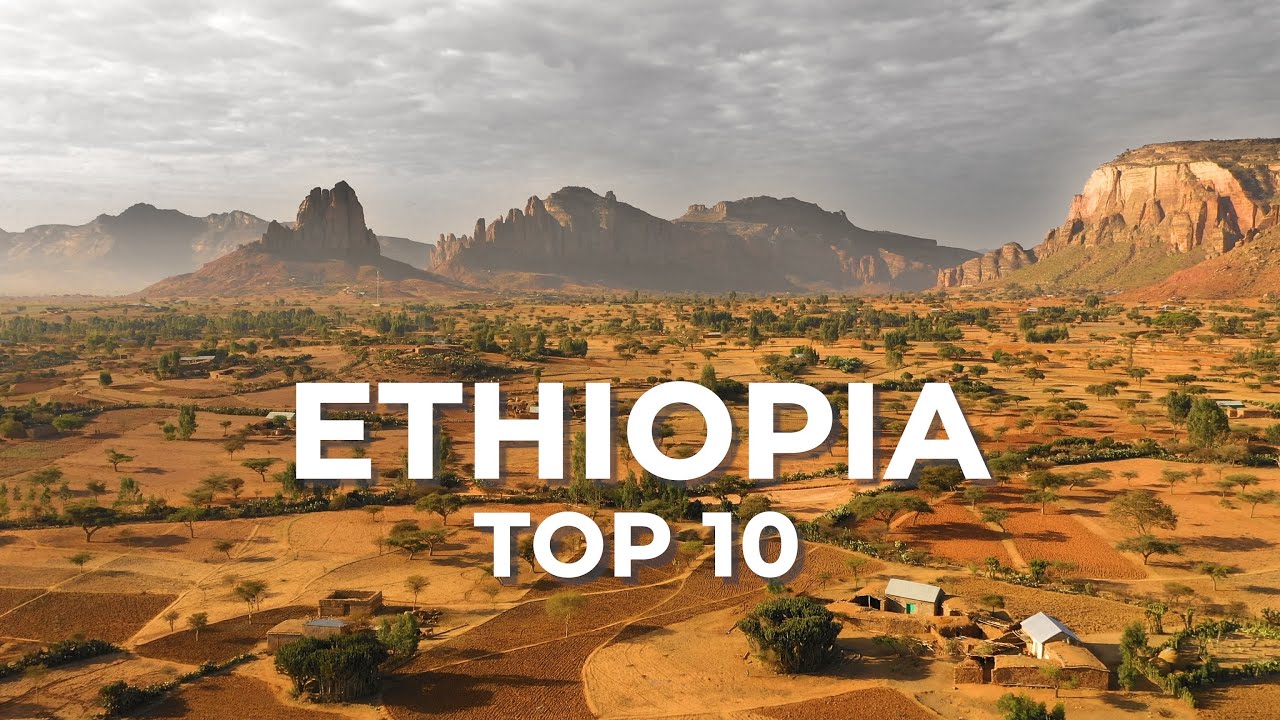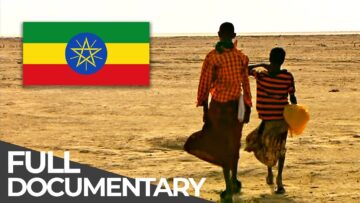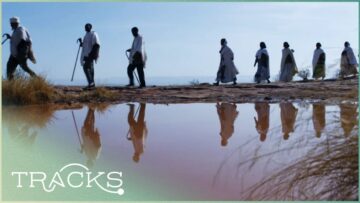Journey Through Ethiopia – Africa Travel Documentary
Ethiopia is one of Africa’s most beautiful and fascinating countries, and a surprising travel destination. From spectacular mountain landscapes and national parks to vast lakes and mysterious deserts. From incredible wildlife to intriguing historic landmarks. From vibrant, fast growing cities to small villages and tribal regions, steeped in culture and traditions.
In this documentary style video, I will show you 10 beautiful places I visited, on a one-month journey through Ethiopia in 2019. I remember the smiles and welcoming attitude of the people, the incredible food, remarkable monuments, the stunning natural and urban landscapes. In all fairness, this was one of my best travels yet.
Sadly, however, at the time of editing this video, Ethiopia is in political and military conflict with the Northern Tigray region, which is causing great suffering to ordinary civilians. Like most people, I hope the relevant authorities can come to an agreement soon, and start rebuilding this beautiful land.
As a result of the conflict, some of the places in this video are currently inaccessible due to high security concerns. Always follow travel advice and consult local guides, to avoid putting yourself and others at risk.
For other travel documentaries in a similar ‘Top 10’ format, click here:
Top 10 Places in Shanghai: https://youtu.be/E-t59SPeFaw
Top 10 Places in China: https://youtu.be/hbgo66q1s9o
Top 10 Places in India: https://youtu.be/HWGzQlrJOqM
Top 10 Places on Java, Indonesia: https://youtu.be/XCN481gxmoY
Top 10 Places in Central Asia: https://youtu.be/ZC8OkVxbxh4
Top 10 Villages in China: https://youtu.be/88qRfULn4Uw
Instagram: https://www.instagram.com/stefhoffer/
Facebook: https://www.facebook.com/stefhoffer/
Copyright of all footage: Hoffer Media
Here’s a brief overview of the content in this video:
We start this journey in the small city of Lalibela, a deeply spiritual town popular with Ethiopian Orthodox Christians. The awe-inspiring monolithic churches are the highlight here, but meeting the many pilgrims is equally, if not more, rewarding. After Lalibela, we venture to the mysterious Danakil Depression, one of the hottest and most inhospitable places on Earth. It’s a bizarre desert landscape, with salt lakes, volcanoes, sulfur springs, and acidic pools. It feels like true adventure travel, but can only be done with experienced tour companies and guides.
The rock-hewn churches of the Tigray region are something unique, and Abuna Yemata Guh may be the most special of them all. This place of worship can only be reached on a steep and sometimes terrifying hike, but rewards travelers with incredible views, and a serene and peaceful atmosphere. The site is managed by several clergymen and priests.
The spectacular Simien mountains offer some of Africa’s best chances for hikes and longer treks, and are also home to the gelada baboons, nicknamed as ‘bleeding heart monkeys’. They live in troops and can live high in the mountains.
After spending some time in the nature, we continue our journey in Gondar, a friendly city with stunning historic monuments. Perhaps even more impressive is Aksum, with some of Ethiopia’s most iconic historic and religious sites, such as the towering obelisks (or stelea), and the Church of Saint Mary of Zion (which, according to legend, is the hiding place of the Ark of the Covenant, in a small chapel).
Addis Ababa is often overlooked by travelers, who rush themselves to the North and South of the country. But the vibrant capital city is an interesting place to spend a couple of days, and serves as a good introduction to Ethiopian culture and food. There are some great areas to be visited, including the famous Mercato, the largest market in Africa.
After Addis, we travel to the South of Ethiopia, which feels very different in many ways. The first stop here is Arba Minch, known for its wonderful Nechisar national park. Here, you can take boat trips on one of Ethiopia’s largest lakes, and spot crocodiles, pelicans, hippos, baboons and other wildlife. The Dorze village is not far from here, and offers a peak into traditional village life. Its friendly inhabitants have created a sustainable form of tourism, and visitors can witness (and take part in) the local economy at work, with cotton weaving, pottery, coffee ceremonies, bread production, and much more.
We finish this journey in the Omo Valley, which is home to many different ethnicities and tribes. It’s important to travel with local guides here, as these destinations often risk turning into so called ‘human safaris’. While tourism can have a positive effect on people’s lives, it’s crucial that it happens in a respectful and meaningful way.









